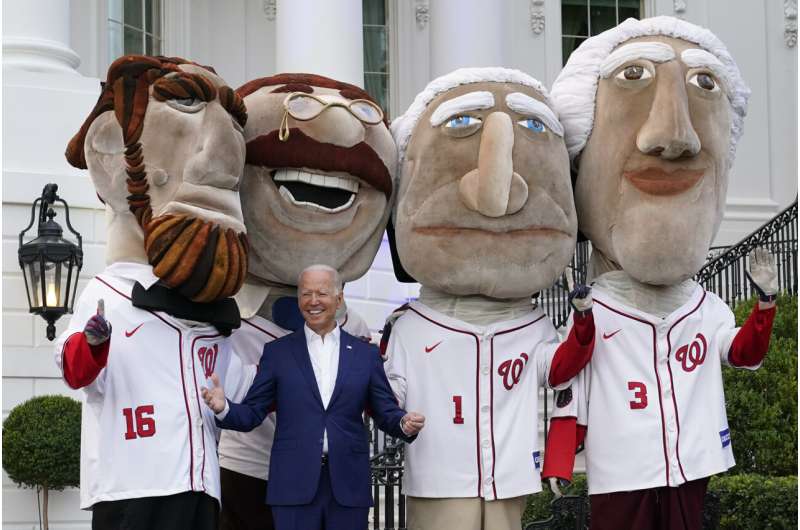
Calling a vaccination “the most patriotic thing you can do,” President Joe Biden on Sunday mixed the nation’s birthday party with a celebration of freedom from the worst of the pandemic. He tempered the strides against COVID-19 with a warning that the fight against the virus wasn’t over.
“Today, all across this nation, we can say with confidence: America is coming back together,” Biden declared as he hosted more than 1,000 service members, first responders and other guests for a July Fourth celebration on the South Lawn of the White House.
For Biden it was a long-awaited opportunity to highlight the success of the vaccination campaign he championed. The event was the largest yet of his presidency, the clearest indication yet that the U.S. had moved into a new phase of virus response. Shifting from a national emergency to a localized crisis of individual responsibility, the nation also moved from vaccinating Americans to promoting global health.
“This year the Fourth of July is a day of special celebration, for we’re emerging from the darkness of a year of pandemic and isolation, a year of pain fear and heartbreaking loss,” the president said before fireworks lit up the sky over the National Mall.
Noting the lockdowns that shuttered businesses, put millions out of work and separated untold numbers of families, Biden said: “Today we’re closer than ever to declaring our independence from a deadly virus. That’s not to say the battle against COVID-19 is over. We’ve got a lot more work to do.”

Biden wanted all Americans to celebrate, too, after enduring 16 months of disruption in the pandemic and more than 605,000 deaths. The White House encouraged gatherings and fireworks displays all around the country to mark—as though ripped from a Hollywood script—the nation’s “independence” from the virus.
And there was much to cheer: Cases and deaths from COVID-19 were at or near record lows since the outbreak began, thanks to the robust U.S. vaccination program. Businesses and restaurants were open, hiring was picking up and travel was getting closer to pre-pandemic levels.
However, Biden’s optimism was measured for good reason. The vaccination goal he had set with great fanfare for July Fourth—70% of the adult population vaccinated—fell short at 67%, according to figures from the Centers for Disease Control and Prevention. More concerning to officials was the gap between heavily vaccinated communities where the virus was dying out and lesser-vaccinated ones where a more infectious variant of the virus was already taking hold.
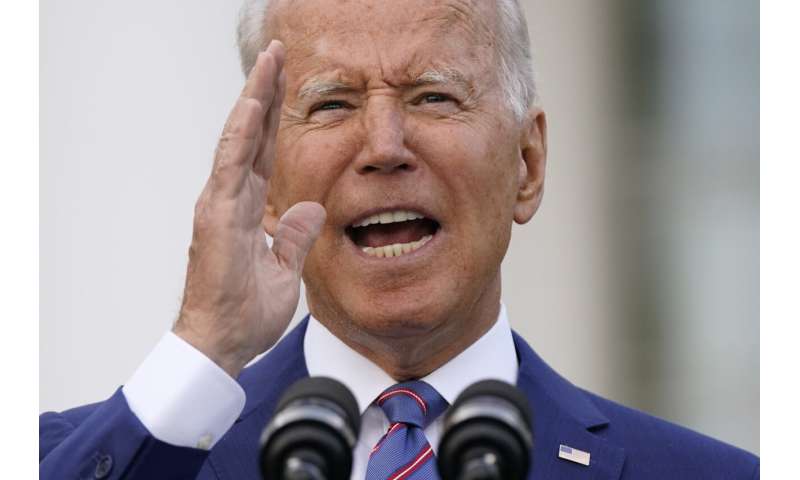
More than 200 Americans still die each day from COVID-19, and tens of millions have chosen not to get the lifesaving vaccines.
“If you’ve had the vaccine, you’re doing great,” said Dr. Mati Hlatshwayo Davis, an infectious disease physician at the John Cochran VA Medical Center and St. Louis Board of Health. “If you haven’t had the vaccine, you should be alarmed and that’s just the bottom line, there’s no easy way to cut it.”
“But that doesn’t take away from the fact that this country is in a significantly better place,” she said.
Still, about 1,000 counties have a vaccination rate below 30%, and the federal government is warning that they could become the next hot spots as virus restrictions ease.
The administration was sending “surge” teams to Colorado and Missouri. Additional squads of infectious disease experts, public health professionals and doctors and nurses were getting ready to assist in additional locations with a combination of low vaccination rates and rising cases.
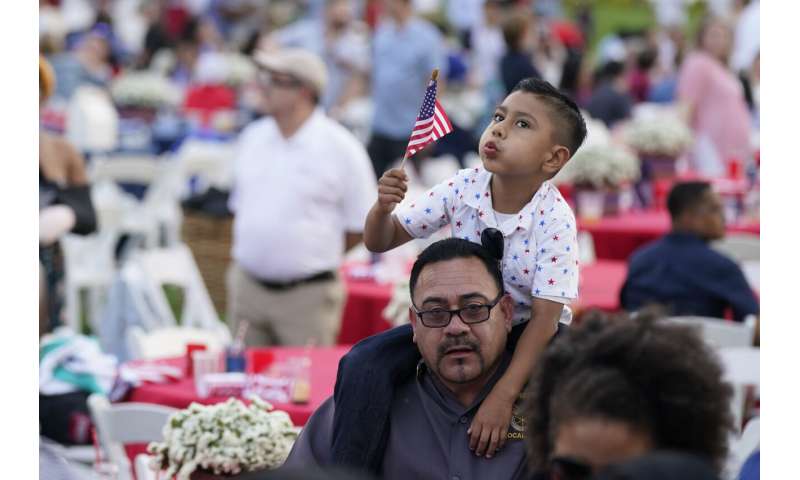
Overall, the vastly improved American landscape stood in stark contrast with much of the rest of the world, where there remained vast vaccine deserts and wide community spread that could open the door to even more dangerous variants. The Biden administration was increasingly turning the federal response to the complicated logistics of sending excess U.S. vaccines abroad in an effort to assist other nations in beating back the pandemic.
With U.S. demand for vaccines falling even as they have been widely available for months, and as governments and businesses dangled an array of incentives at Americans to get a shot, officials were increasingly emphasizing that the consequences of disease now largely reflect the individual choices of those who are not yet vaccinated.
“The suffering and loss we are now seeing is nearly entirely avoidable,” said the CDC’s director, Dr. Rochelle Walensky.
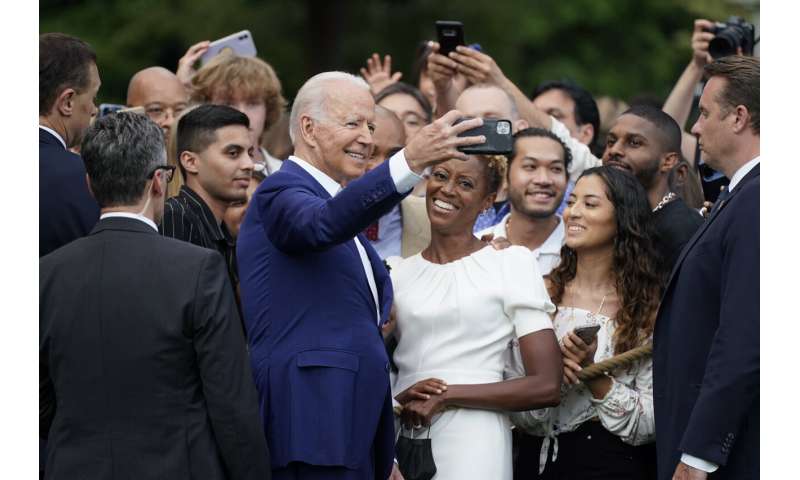
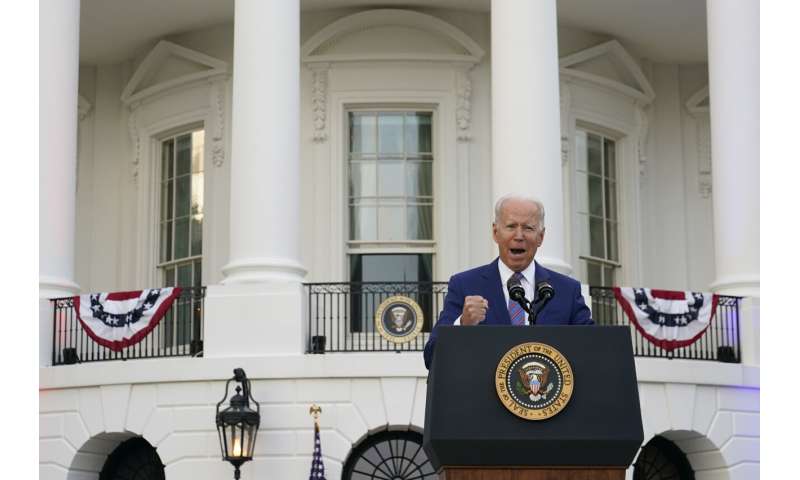
When asked about the potential risks of holding gatherings around July Fourth in areas where there are large pockets of unvaccinated individuals, White House press secretary Jen Psaki had countered that “if individuals are vaccinated in those areas, then they are protected.”
The cookout and fireworks viewing at the South Lawn was “being done in the right way,” White House COVID-19 response coordinator Jeff Zients said in television interviews, and “consistent” with CDC guidelines. The White House was not requiring vaccinations but was asking guests to get a COVID-19 test and to wear a mask if they are not fully vaccinated.
Source: Read Full Article
